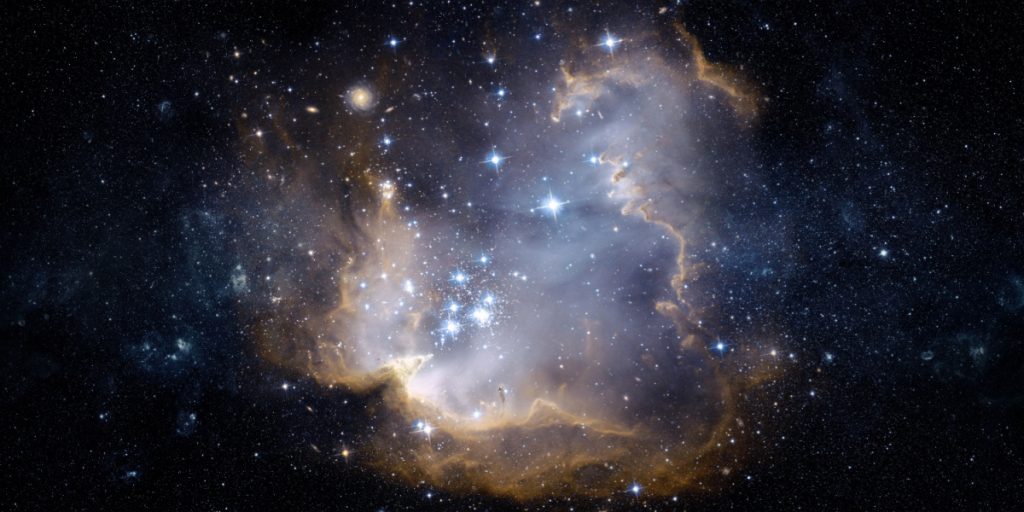Astronomers have long puzzled.
Others are reading now
Astronomers have long puzzled over the origin of powerful radio signals from deep space — and now, magnetic “beasts” may be the answer.
These powerful signals, bursting with energy that rivals the Sun’s daily output within milliseconds, are called fast radio bursts (FRBs). Discovered in 2007, hundreds have been recorded, but researchers estimate thousands pass by undetected every day. Their unpredictability makes them tough to capture.
Now, a team of scientists may have cracked the mystery.
FRBs are elusive, blinking on and off with no pattern. Some repeat multiple times a day, while others are one-off events—making them challenging to pinpoint.
Also read
But a research team led by Caltech now suspects these bursts come from magnetars, a type of neutron star with magnetic fields 100 trillion times stronger than Earth’s.
Mapping the Source
Unlike typical stars that explode as supernovae, becoming either black holes or neutron stars, magnetars may form when two stars merge before collapsing in a stellar explosion.
Magnetars have been a suspect for FRB origins, but direct proof has been elusive. Using the Deep Synoptic Array-110 (DSA-110), an observatory of 110 high-powered radio antennas, researchers mapped likely sources, analyzing 30 FRBs and their home galaxies.
They found that FRBs often originate in metal-rich galaxies—ideal environments for magnetar formation. These galaxies, abundant in elements heavier than hydrogen and helium, also tend to produce large numbers of stars. In such environments, massive, metal-rich stars may swell, shedding excess material to a nearby companion star and generating intense magnetic fields upon collapse.
While it’s still unclear exactly why FRBs form in these conditions, scientists now know where to look. By 2028, the even more powerful DSA-2000 observatory is expected to become operational, promising further insights into the FRB phenomenon.
These findings were published in Nature.


